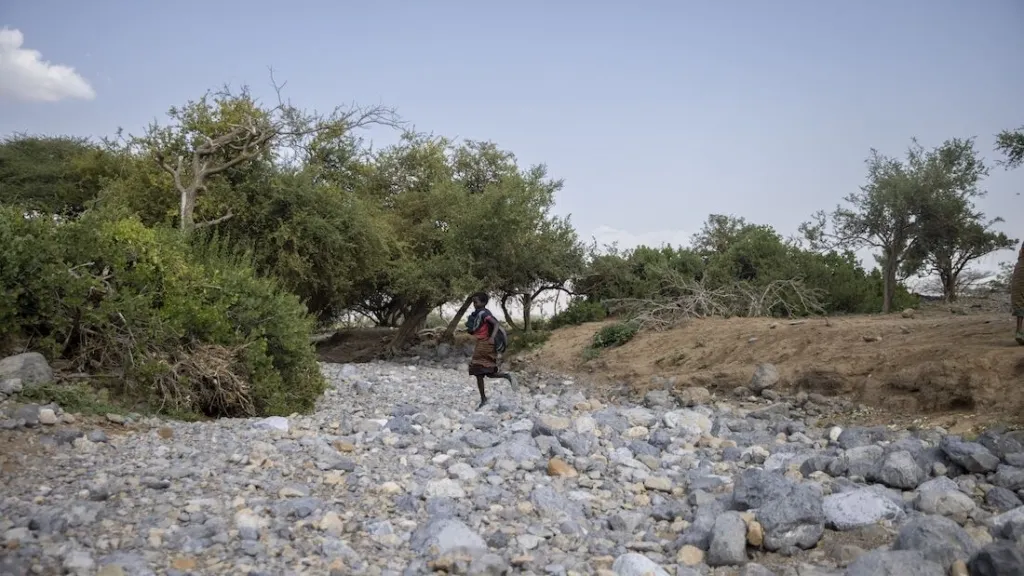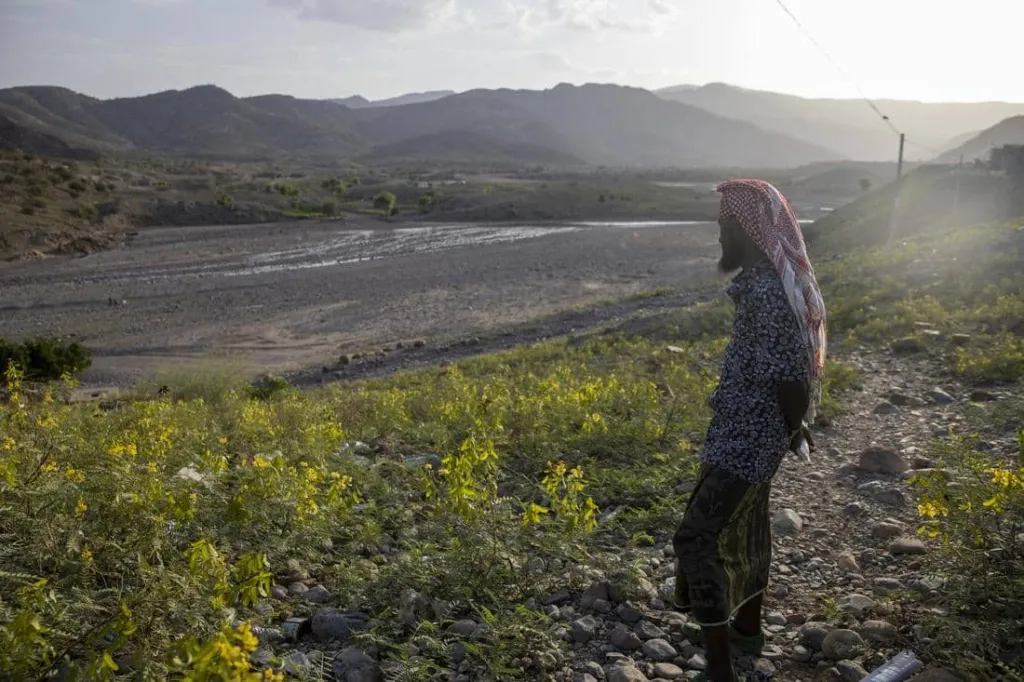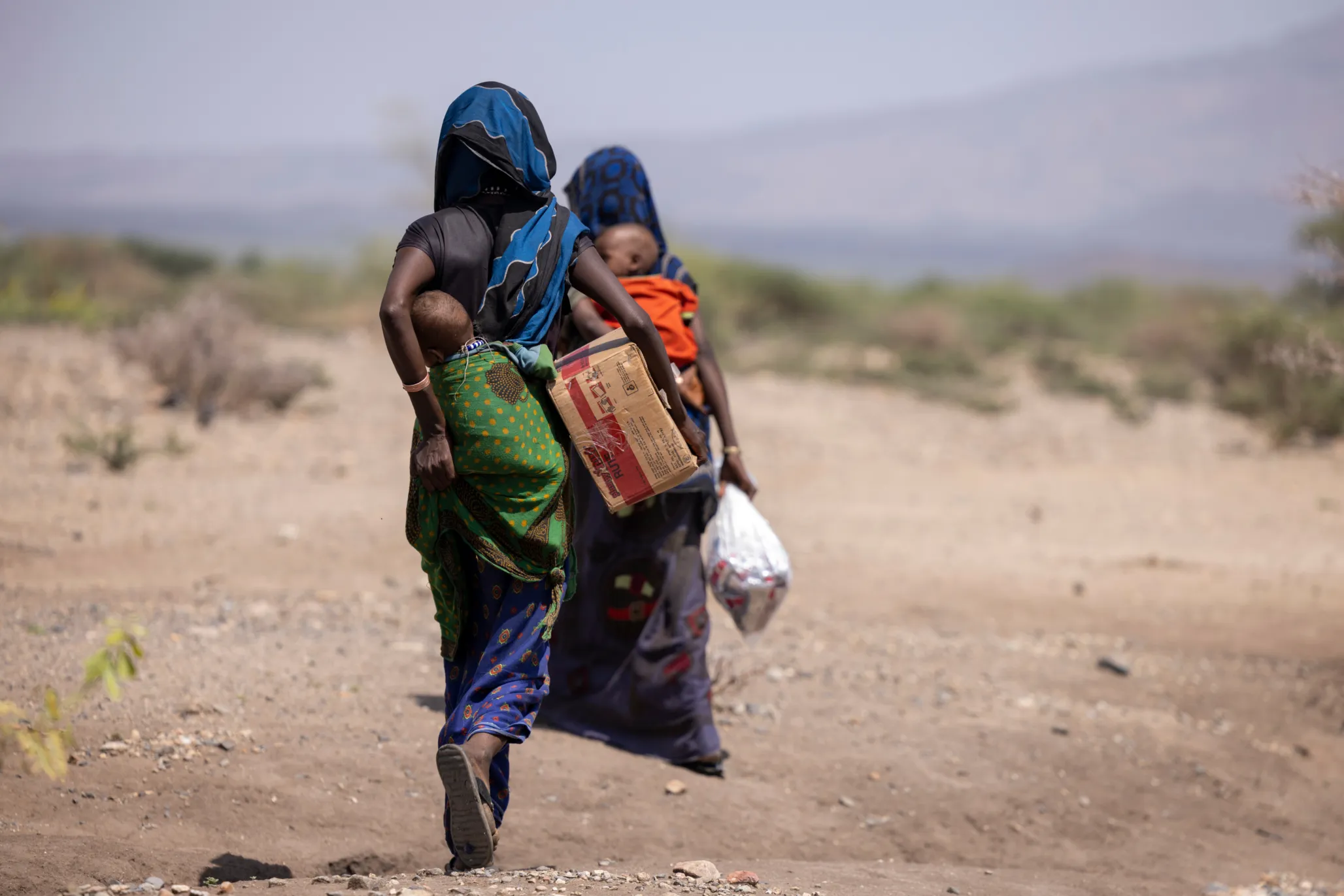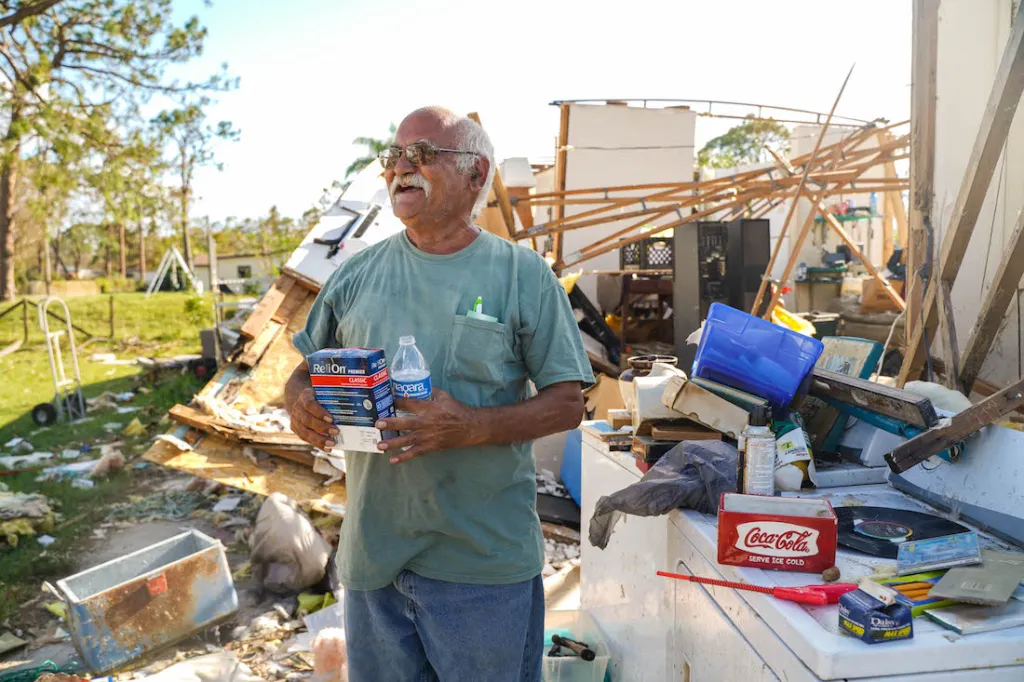5 Ways the Climate Emergency Impacts Our Health
From rising temperatures to increased rates of disease, the climate emergency has a direct impact on our health. Here are five things to know about the threat climate change poses — and the risks we’ll face if more action isn’t taken.

The COVID-19 pandemic had unprecedented consequences on global health systems — but the impacts of the climate emergency are expected to be even greater.
Climate change is already manifesting in rising temperatures, extreme weather events, and shifting disease patterns. Efforts to restrict warming to 1.5 degrees Celsius are universally falling short, and greenhouse gas emissions reached a record high in 2022.
Here are five things to know about how climate change poses an escalating threat to the resilience and sustainability of health systems, health care workers, and essential health services worldwide.
1. Starting in just seven years, climate change will cause an additional 250,000 deaths every year.
The World Health Organization projects that climate change will cause an additional 250,000 deaths a year from 2030 to 2050, as well as a loss of between $2-4 billion every year by 2030.
Climate change is already impacting our health in numerous and varied ways that jeopardize progress in global health and the realization of universal health coverage. Health risks from climate change include:
- Injuries and mortality from extreme weather events such as extreme heat, storms, floods, and droughts. Heat-related deaths of people over 65 have already increased by 85% since 1990, and the average person now experiences 86 days of health-threatening high temperatures — 60% of which are attributable to human-caused climate change.
- Zoonotic spillover events (the transmission of a disease from animals to humans) which lead to a greater total burden of zoonotic and food-, water- and vector-borne infectious diseases. Deadly cholera outbreaks are occurring with increased frequency and warmer temperatures are extending the geographical range of disease-carrying mosquitos, allowing infectious diseases like malaria and dengue fever to circulate more effectively.
- Disruptions in food production, leading to food insecurity and malnutrition. Heatwaves and droughts in 2021 were associated with 127 million more people experiencing moderate or severe food insecurity, compared with 1981-2010.
- Exposure to air pollution, increasing the risk of noncommunicable diseases such as respiratory and cardiovascular disease, cancer, diabetes, neurological disorders, and adverse pregnancy outcomes.
- Psychological hardship such as anxiety, depression, or post-traumatic disorder, particularly for children.

2. A destabilized climate deepens health inequities and threatens global security.
Climate change disproportionately affects poor communities, newborns and children, women, ethnic minorities, migrants and displaced people, older populations, Indigenous Peoples, and individuals with pre-existing health conditions. For example, when disaster strikes, women and girls face increased threats of violence and abuse and experience poorer maternal health outcomes due to food insecurity, exhaustion, heat, and waterborne diseases.
Climate change also increases the risk of heightened competition for resources, bringing animals, species, and essential resources into closer proximity. This convergence not only amplifies the spread of diseases but also poses a significant risk of increased conflicts fueled by resource scarcity, population displacement, and economic challenges. Mass migration becomes a critical issue, resulting in the loss of livelihoods and exacerbating social tensions.
Without any serious changes, the International Federation of Red Cross and Red Crescent Societies predicts that the number of people who need humanitarian assistance to recover from climate-related disasters could double by 2050, leaving 200 million people in need of aid annually. This deepens health inequities on a global scale and poses a threat to our global security.

3. Roughly half the world’s population live in areas highly susceptible to a climate emergency.
3.6 billion people already live in areas highly susceptible to climate change. Communities situated in marshlands, low-lying coastal zones, drought and flood prone areas, and small island states are most susceptible to extreme weather events and exhibit very limited capacity to adapt. For example, a drought in Somalia claimed the lives of 43,000 people, with half of the deaths among children under 5, and pushed 1.4 million children into acute malnutrition.
Climate change also increases health risks for low- and middle-income countries (LMICs) and populations, despite their minimal contributions to global emissions. Damage to infrastructure; loss of medical equipment; and disruptions in water, waste, energy, transport systems, and supply chains affect the delivery of health services and weaken the capacity of already vulnerable health systems.
Under-resourced nations also lack sufficient access to funding and technical capacity for climate adaptation, with wealthier countries failing to reach the promised sum of $100 billion annually to support the countries most affected by climate change. Despite their urgent need for disaster-risk reduction mechanisms, developing countries are largely being excluded from this adaptation.

4. Data shows that the health sector is under-utilizing available climate knowledge and tools.
Although 74% of National Meteorological and Hydrological Services (NMHSs) share climate data with health entities, only 23% of Ministries of Health incorporate meteorological information into their health surveillance systems for monitoring climate-related health risks. For example, although extreme heat causes the greatest mortality of all extreme weather, only half of the affected countries provide heat warning services to health decision makers.
There is also a poor investment to integrate climate adaptation and resilience into the health sector. Globally, only about 0.2% of the total bilateral and multilateral climate finance has been attributed to health projects, leaving the health sector unprepared to safeguard the most vulnerable and disadvantaged groups in response to climate disasters. This reflects a significant capacity gap that needs to be filled in order to develop climate-resilient health systems that can deploy climate adaptation and mitigation strategies.
5. Although global advances are being made, no health system is completely climate resilient or fully decarbonized.
Not only are health systems impacted by climate change, but their operations also contribute to additional greenhouse gas emissions. Unsustainable practices related to water, sanitation, waste, energy use, procurement, and supply chains have led the global health care sector to contribute to 4.6% of global greenhouse gas emissions in 2020.
Nevertheless, global progress is being made, with over 70 countries committing to the COP26 health initiatives on building climate resilient and sustainable low carbon health systems. With the unveiling of the WHO Operational Framework for Health Facilities and the inaugural health day at the upcoming global climate COP28 meeting, momentum is growing to unite both the health and climate communities.
Urvi Chowdhury is a Policy Specialist at Project HOPE.



